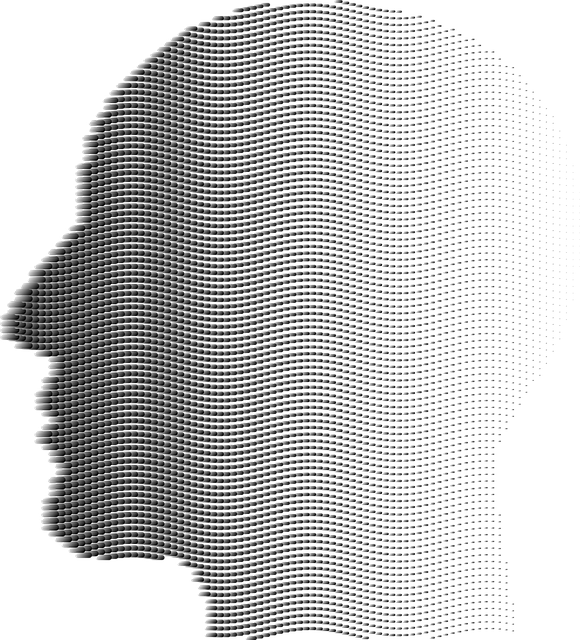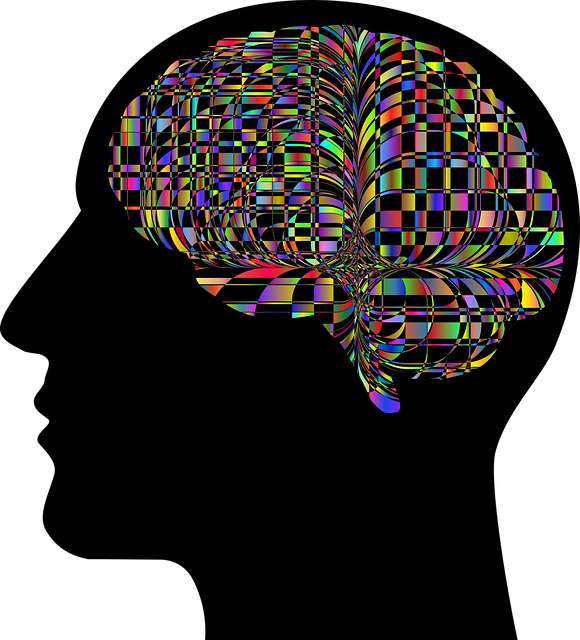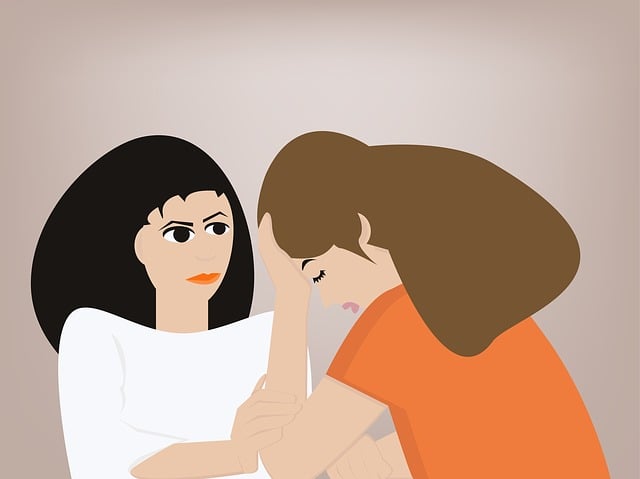Risk Assessment for Mental Health Professionals at Lone Tree Chronic Illness Therapy
Mental health professionals at Lone Tree Chronic Illness Therapy face high-stakes challenges includi…….
In a world where chronic illnesses are on the rise, global health systems are constantly seeking innovative approaches to manage and treat these conditions effectively. One such emerging therapy gaining traction is Lone Tree Chronic Illness Therapy, an unconventional yet promising method that offers hope to millions suffering from various chronic ailments. This article aims to provide an in-depth understanding of this therapeutic approach, its mechanisms, global reach, and the multifaceted impact it has on individuals, healthcare systems, and economies worldwide. By delving into its historical roots, exploring case studies, and examining future prospects, we can appreciate the significance of Lone Tree therapy in shaping a healthier global landscape.
Lone Tree Chronic Illness Therapy is an integrated therapeutic approach that combines various disciplines to holistically manage chronic illnesses. It involves a multidisciplinary team of healthcare professionals, including medical doctors, psychologists, nutritionists, and therapists, who collaborate to address the physical, mental, and emotional aspects of a patient’s condition. The core components include:
The roots of Lone Tree Chronic Illness Therapy can be traced back to ancient healing practices that recognized the interconnectedness of mind and body. However, its modern evolution is largely influenced by several key factors:
Lone Tree Chronic Illness Therapy is significant for several reasons:
Lone Tree Chronic Illness Therapy has spread beyond its origins, gaining popularity worldwide due to its proven effectiveness and patient-centric approach. Key regions leading the way include North America, Europe, and parts of Asia-Pacific, where healthcare systems are embracing this integrated model:
| Region | Notable Adopting Countries | Key Initiatives/Policies |
|---|---|---|
| North America | USA, Canada | Increasing reimbursement for integrative medicine, growth in mindfulness-based programs |
| Europe | UK, Germany | National health plans incorporating holistic therapies, research funding for mind-body interventions |
| Asia-Pacific | Australia, Singapore | Pilot projects focusing on chronic disease management, cultural adaptation of therapy models |
Several trends are contributing to the growth and evolution of Lone Tree Chronic Illness Therapy:
The global market for Lone Tree Chronic Illness Therapy is experiencing significant growth due to rising healthcare expenditures and a growing aging population susceptible to chronic conditions. This sector presents attractive investment opportunities:
The economic impact of Lone Tree therapy extends beyond individual patient outcomes:
Technology plays a pivotal role in modernizing Lone Tree Chronic Illness Therapy and making it more accessible:
| Technological Innovation | Impact | Future Potential |
|---|---|---|
| Telehealth and Digital Platforms | Enables remote therapy sessions, expanding access to patients in rural areas or with limited mobility. | Development of AI-driven virtual therapists for personalized guidance. |
| Wearable Health Devices | Tracks patient activity, sleep patterns, and vital signs, providing real-time data for therapy adjustments. | Integration of wearables into comprehensive health monitoring systems. |
| Mobile Health Apps | Facilitates self-management by allowing patients to track symptoms, medication, and therapy progress. | Future apps may offer AI-based predictive analytics for personalized interventions. |
| Online Support Communities | Connects patients globally, fostering peer support and sharing of experiences. | Virtual reality (VR) could create immersive, supportive environments for community engagement. |
The development and practice of Lone Tree Chronic Illness Therapy are shaped by various policies and regulations that differ across regions:
Despite its promise, Lone Tree Chronic Illness Therapy faces several challenges:
| Challenges | Strategies for Overcome |
|---|---|
| Lack of Standardization: The absence of standardized protocols across practices may lead to inconsistent outcomes. | Develop consensus guidelines and certification programs to ensure quality and consistency. |
| Regulatory Hurdles: Complex regulatory environments can hinder the adoption of new therapies. | Advocate for evidence-based policy decisions and streamline licensing processes. |
| Cost Considerations: Out-of-pocket expenses may deter some patients from accessing therapy. | Explore insurance coverage options, public funding, and community-based initiatives to reduce financial barriers. |
| Professional Resistance: Some healthcare providers may be skeptical of alternative practices. | Continuous education and research can foster understanding and acceptance among medical professionals. |
Case Study 1: Diabetes Management in India
In a rural Indian village, a community-based program implemented a Lone Tree approach to manage diabetes. The initiative involved local healthcare workers, nutritionists, and traditional healers who educated villagers about diet, exercise, and herbal remedies. The program achieved a 35% reduction in blood sugar levels among participants over a year, demonstrating improved glycemic control.
Case Study 2: Fibromyalgia Relief in the USA
A private clinic in California offers an integrated therapy program for fibromyalgia patients. The approach combines CBT, mindfulness meditation, yoga, and acupuncture. Patient satisfaction surveys revealed significant reductions in pain and anxiety, along with improved sleep quality. This case illustrates the effectiveness of Lone Tree therapy for chronic pain management.
Case Study 3: Mental Health Rehabilitation in Australia
A public healthcare facility in Sydney implemented a program combining cognitive processing therapy (CPT) and mindfulness-based stress reduction (MBSR) for veterans with post-traumatic stress disorder (PTSD). The 12-week program led to substantial improvements in PTSD symptoms, depression, and overall quality of life, offering hope for improved mental health rehabilitation.
The future of Lone Tree Chronic Illness Therapy looks promising with several growth areas and emerging trends:
Lone Tree Chronic Illness Therapy represents a significant advancement in healthcare, offering a holistic and patient-centric approach to managing chronic conditions. Its global reach, economic implications, and technological integration position it as a powerful tool in the fight against rising chronic disease burdens. As research continues to strengthen its evidence base, policies evolve to support its practice, and technologies enhance accessibility, this therapy is poised to play a pivotal role in shaping healthier communities worldwide.
Q: Is Lone Tree Chronic Illness Therapy suitable for all types of chronic illnesses?
A: While it offers a comprehensive approach, not all conditions may be effectively managed through this therapy alone. It is best suited for complex chronic ailments that require a multifaceted treatment strategy.
Q: How do I find a qualified practitioner for Lone Tree therapy?
A: Reputable clinics and healthcare facilities often offer such therapies. Online directories and patient referrals can help identify qualified practitioners in your area.
Q: Does insurance cover these types of therapeutic treatments?
A: Coverage varies by region and insurance provider. Many are starting to recognize the value, but it’s essential to check with your insurer about specific policies regarding Lone Tree therapy.
Q: Can technology fully replace human interaction in this type of therapy?
A: Technology aids significantly, especially for remote access, but it complements rather than replaces human connection. The therapeutic relationship remains a cornerstone of effective treatment.
Q: How does Lone Tree therapy differ from conventional medical treatments?
A: While conventional medicine focuses on treating symptoms, Lone Tree therapy addresses the underlying causes and promotes overall well-being through integrated approaches.

Mental health professionals at Lone Tree Chronic Illness Therapy face high-stakes challenges includi…….

Mental health policies significantly impact access to care for individuals with chronic illnesses li…….

Cultural sensitivity is crucial for effective mental healthcare at Lone Tree Chronic Illness Therapy…….

Mental wellness is crucial for managing chronic illnesses, impacting stress, decision-making, and so…….

Lone Tree Chronic Illness Therapy offers a comprehensive, holistic approach to managing mental healt…….

Lone Tree Chronic Illness Therapy offers a unique approach to managing chronic conditions by focusin…….

Mental wellness groups, like those offered by Lone Tree Chronic Illness Therapy, create safe spaces…….